The Sauber Formula 1 team is still searching for answers over Nico Hulkenberg’s Bahrain Grand Prix disqualification.
Hulkenberg crossed the finish in 13th after a tough evening trying to contend for points, but was disqualified because his skid plank had been ground down to 8.4mm, below the minimum thickness of 9mm.
It is the second time this season a car has been thrown out of the results for that reason, with Lewis Hamilton’s Ferrari also found to have had excessive skid wear in China.
“Apparently the skids have been measured lower than 9mm,” said Sauber veteran Beat Zehnder. “You do FP1, you do FP2, you do FP3, you measure, you have your references and why we’re below 9mm, we really don’t know.
“Maybe it had an impact that Nico only did a couple of laps in FP3, so one reference was missing. But it shouldn’t happen and it shall not happen anymore.”
Nico Hulkenberg, Sauber
Photo by: Andrej Isakovic – AFP – Getty Images
Zehnder conceded the bumpy Bahrain circuit can be tricky for plank wear, but didn’t want to call in any excuses. “You have to take it into account whether you have a circuit where your car is bouncing a lot whether you run over curbs with your skid a lot,” he said. “It is a mistake from our side.
“Obviously, there was never an intention to break the rules, because can you imagine you end up in the points and you lose them?”
The team’s only indication right now why the incident happened to Hulkenberg’s car and not team-mate Gabriel Bortoleto is because the German was running a different set-up with more downforce.
Sauber has only been able to score points in a chaotic mixed weather race in Australia, having lacked the pace to put much pressure on the cars divvying up the points since then. Its 2025 car’s small performance window appeared even narrower in Bahrain’s hot conditions.
When asked by Motorsport.com if that’s a fair reflection of where the team is at, and whether it will need more special circumstances to score points, Zehnder replied: “It’s not only a race like Melbourne. Qualifying is crucial and then it’s very much depending in which train you are in. Free air makes such a huge difference in every respect.
“These days you need a 1.2 to 1.5 second lap time difference to be able to attack, so dirty air is painful, and free air is much healthier for your tyres.
“We know that we have to find two or three tenths quickly – desperately – just to qualify a bit further up the grid. Nico is one of the best qualifiers I’ve ever worked with and it makes a difference if you start from P13 or P16.”



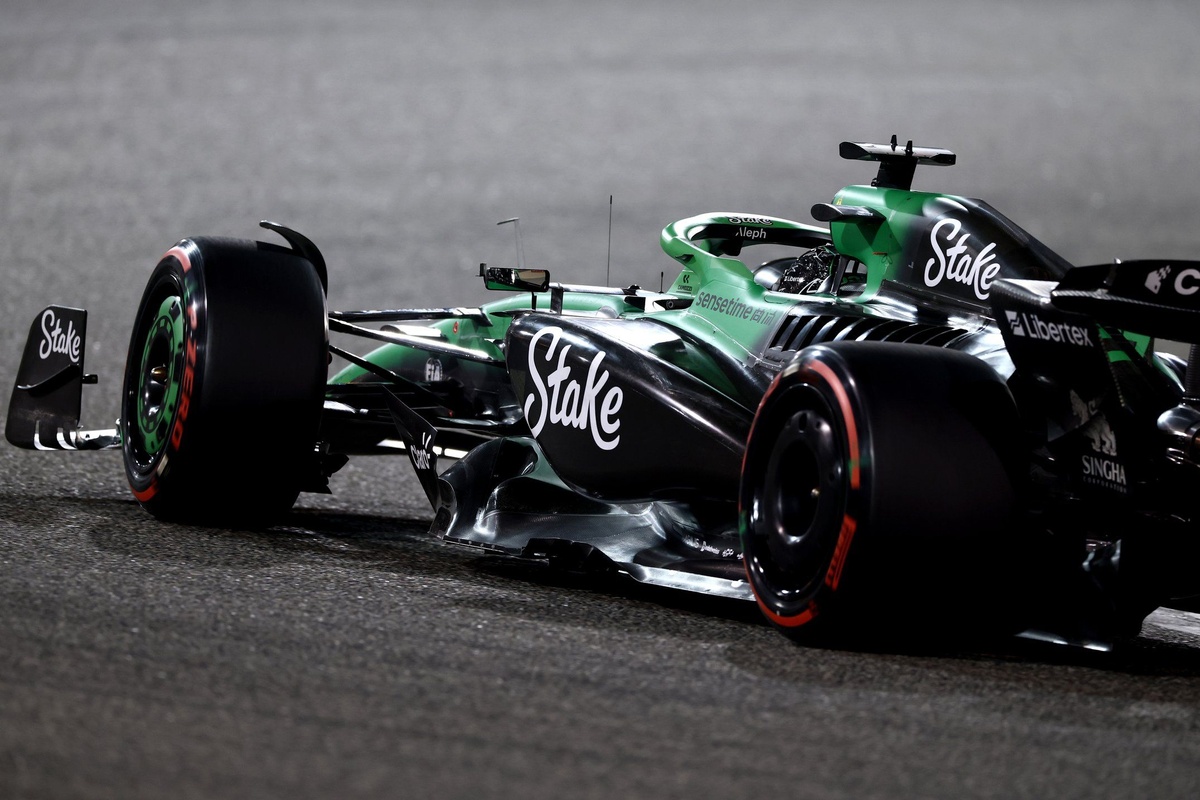
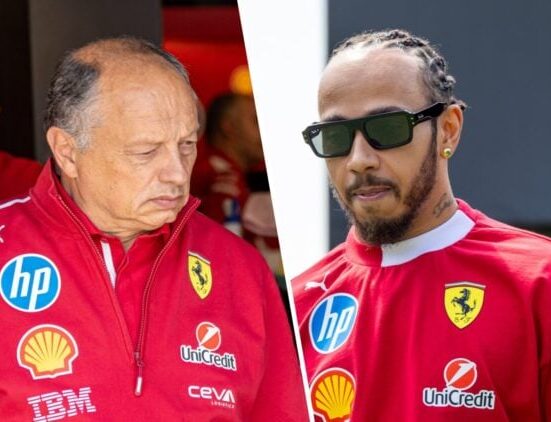
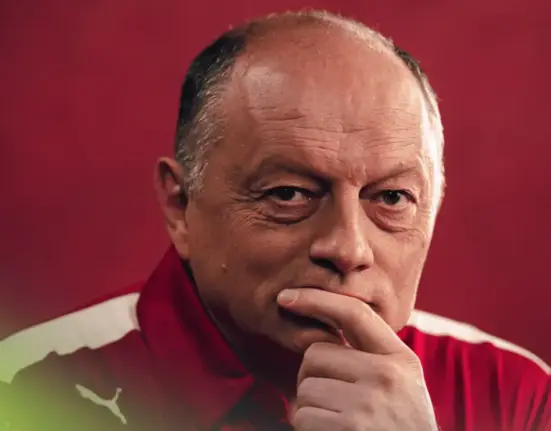

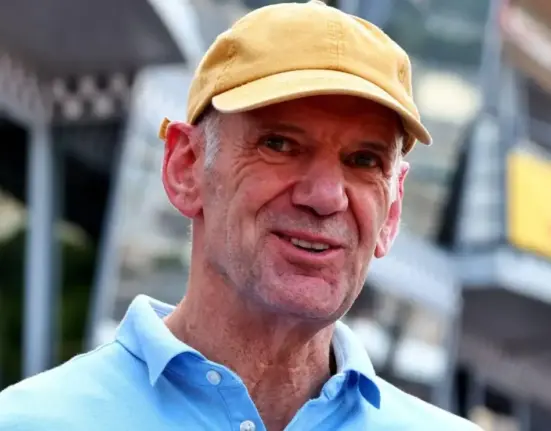
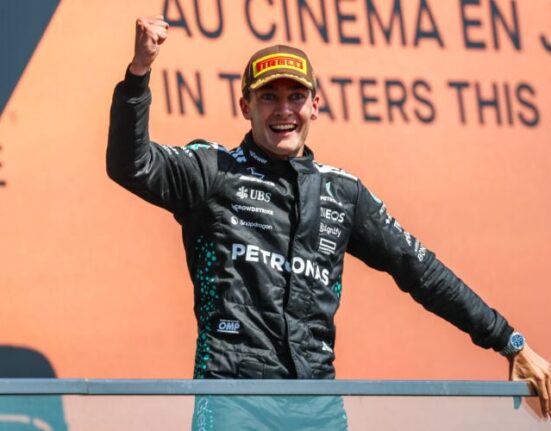

Leave feedback about this